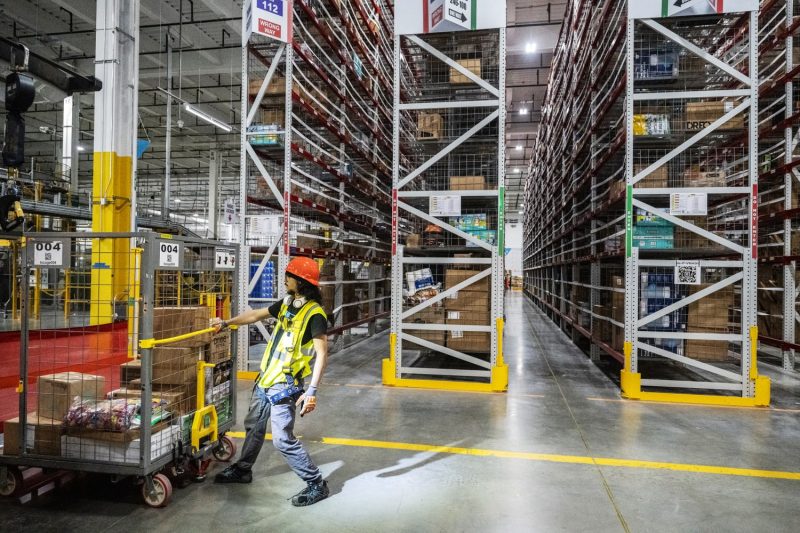The recent increase in the U.S. unemployment rate to 4.3% has raised concerns about a broader economic slowdown. This uptick in unemployment signifies a potential shift in the labor market landscape and could have significant implications for both individuals and the economy as a whole.
One key factor contributing to the rise in the unemployment rate is the ongoing impact of the global COVID-19 pandemic. While the U.S. has made significant progress in containing the virus and reopening the economy, there are still lingering effects that continue to disrupt business operations and affect consumer behavior. Many industries, such as hospitality, travel, and retail, have been particularly hard hit by the pandemic, resulting in job losses and reduced hiring.
Another contributing factor to the higher unemployment rate is the evolving nature of work and changing consumer preferences. The rise of e-commerce and automation technologies has led to shifts in demand for certain types of jobs while creating opportunities in other sectors. This transition requires workers to adapt and acquire new skills to remain competitive in the job market. Additionally, remote work trends have reshaped the traditional office environment, influencing how companies approach hiring and workforce management.
Furthermore, the uncertainty surrounding government policies and economic stimulus measures has added to the complexity of the current economic landscape. The expiration of certain relief programs and the ongoing debate over additional stimulus packages have created a sense of instability for businesses and workers alike. This uncertainty can dampen consumer confidence, leading to cautious spending behavior and slower economic growth.
To address the challenges posed by the rising unemployment rate, policymakers and businesses must collaborate to implement effective strategies that promote job creation and economic recovery. Investing in workforce training and education programs can help workers acquire the skills needed to secure employment in emerging industries and adapt to changing job requirements. Additionally, targeted financial support for businesses in heavily impacted sectors can help preserve jobs and stimulate economic activity.
In conclusion, the uptick in the U.S. unemployment rate to 4.3% underscores the need for proactive measures to address the broader economic slowdown. By identifying the root causes of unemployment and implementing targeted solutions, stakeholders can work together to navigate the challenges posed by the evolving labor market landscape and pave the way for a more resilient and inclusive economy.



























